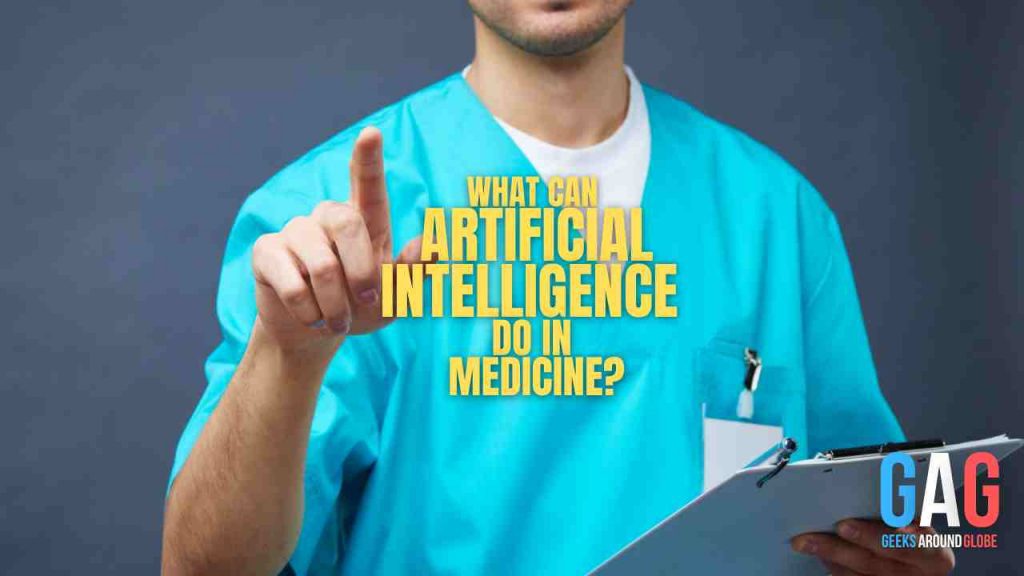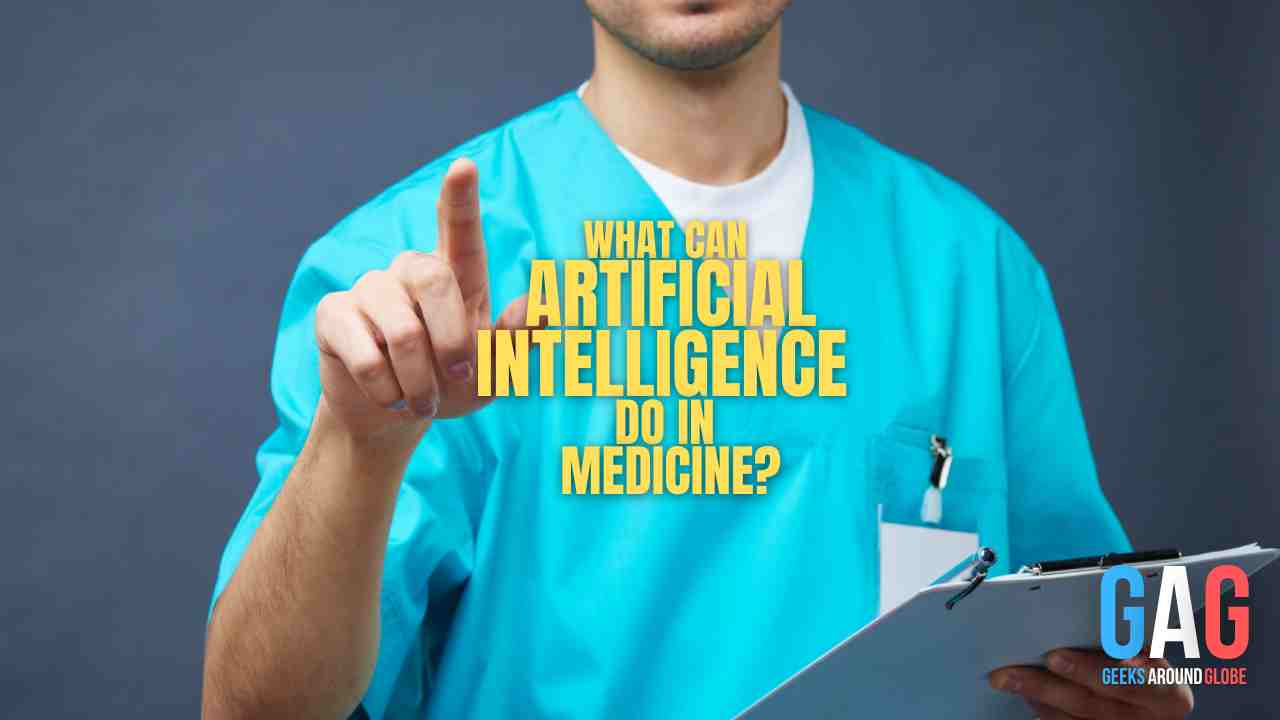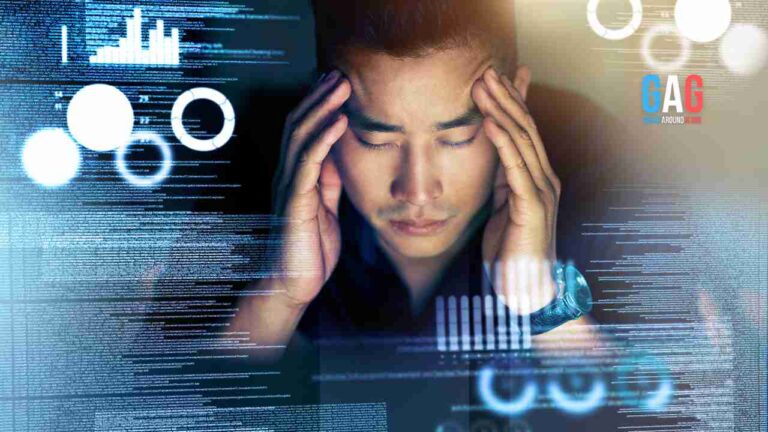
Artificial intelligence in medicine uses digitally available information to facilitate the diagnosis and treatment of diseases. AI is already helping to diagnose diseases more efficiently, develop drugs, and edit genes.
It’s a big concept: Artificial Intelligence (AI). But what does it actually mean? In general, the term refers to processes that were previously only carried out by the human mind and can now be carried out by computers. AI systems can quickly calculate large amounts of data, categorize them and even learn from this data.
However, the term is by no means fixed, as Dr. Norbert Reithinger, AI researcher from the German Research Center for Artificial Intelligence (DKFI), explains. Many people understand artificial intelligence to be computer performance that is particularly surprising or novel. If they are no longer, they are usually no longer referred to as AI.
Artificial intelligence is a rapidly growing area in medicine. It is supposed to help with the creation of diagnoses, the development of drugs, or the editing of genes. Support systems for rehabilitation or to make everyday life easier for seniors are also among the areas in which AI is being used more and more.
In what areas is artificial intelligence used:
- Pediatrics
- Oncology
- Dentistry
- Neurology
- and much more
AI is more successful than doctors in some diagnoses
Since AI systems can collect and evaluate a large amount of data, they deliver ever more precise results and are already supporting medical decisions today. They are often used in radiology in particular. Studies have shown that their hit rate in detecting diseases can, under certain conditions, even be better than that of doctors.
Scientists from the German Cancer Research Center (DKFZ), the University Dermatology Clinic, and the National Center for Tumor Diseases (NCT) Heidelberg have programmed an algorithm that can digitally assess suspicious skin changes. The program lets the researchers compete against real doctors. The result: the algorithm was more successful than the doctors in making the diagnosis.
Artificial intelligence can also make the early detection of colon cancer safer. This was shown in a clinical study, the results of which were presented in the journal “Annals of Internal Medicine” in 2018. Diagnoses are therefore one of the most important applications of AI in medicine. The prerequisite for this, however, is that the diagnostic information is already digitized. And only when there are thousands of specific examples can the algorithms be used.
Examples of areas where artificial intelligence is already being used include the diagnosis of lung cancer or strokes on the basis of CT scans and the assessment of the risk of sudden cardiac death or other heart diseases using electrocardiograms and cardiac MRI recordings. Classifying skin lesions using images and finding indicators of diabetic retinopathy are also some of the areas where AI is used.
Today, specialists from Anadea who are engaged in healthcare software development can develop and run any kind of software or applications used in medicine. The company cooperates with many hospitals, private doctors, and medical companies. Now, these applications and developments are saving thousands of lives every day. It is these companies that are our future in medicine.
Accelerate drug development
Artificial intelligence is also used in drug development. Here it should contribute to making the analytical processes in drug development more efficient (and thus possibly also more cost-effective). AI is used in several steps.
In order to develop a drug, the biological origin of the disease must be understood and possible targets (mostly proteins) identified in order to enable appropriate treatment. AI systems are well suited here to analyze all available data in a short time and even to find suitable target proteins.
The next step is then to find a compound that can interact with the target molecule in the desired way. To do this, a large number of potential compounds must be examined for their affinity – a process that, if performed by humans, can take a very long time.
Computers, on the other hand, can learn to predict the suitability of molecules based on structural data and then to screen millions of potential molecules in a relatively short period of time. Artificial intelligence can also be used to find biomarkers and even to identify suitable test subjects.
Potential in personalized medicine and gene processing
Not all patients react in the same way to a drug, but it is difficult to determine which factors determine the success of the treatment. Here, too, due to the wealth of data from previous therapies, AI-based systems can find out more quickly which patient could respond to which treatment.
AI can also make gene editing easier. The CRISPR-Cas9 system for genome editing, in particular, represents a major step forward in editing DNA cost-effectively and precisely. The technology is based on so-called short guide RNAs (sgRNAs) to select and edit a specific point on the DNA. However, the guide RNA can fit multiple DNA positions, which in turn can lead to undesirable side effects.
Careful selection of the guide RNA with the least dangerous side effects is therefore one of the greatest challenges when using the CRISPR system. It has been proven that machine learning models deliver the best results here, and this in turn can greatly accelerate the development of guide RNAs for every section of human DNA.
What AI could or may not do in the future
It is still a long way off that AI could one day prevent diseases from developing at all. The idea would be software that analyzes and relates all human data such as genetic predisposition, sporting activities, diet, social behavior, and others in order to then identify specific risks and make appropriate recommendations.
It is also not to be expected that artificial intelligence will soon replace doctors. The results of the AI-based data analyzes must be checked by a medical professional – at least today and in the foreseeable future – because even the most complex diagnostic systems are prone to errors and must be subjected to the human gaze.







